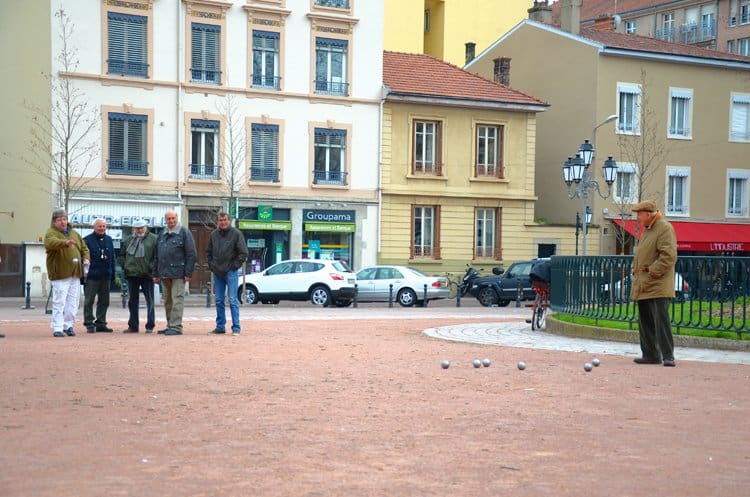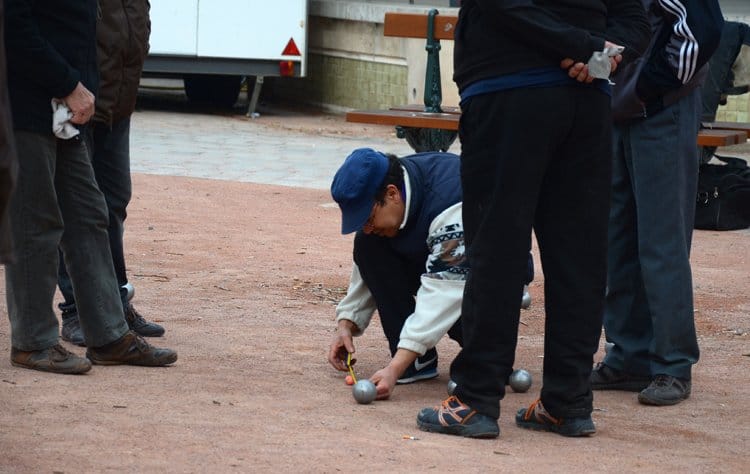A major attraction for visits to Lyon is the city’s famous traboules, which are simply corridors through buildings and their courtyards. During the Middle Ages there were only a few parallel streets in Old Lyon between Fourvière Hill and the Saône river, so the first of these passages were built to connect one street directly with another.

Each traboule is unique in its architectural style, with different points of interest. They are at once secret passageways, galleries and windows into the life of the people in Lyon. Spiral staircases and balconies are interesting elements to admire here and you can peek at the different mailboxes and windows as you pass through.


Traboules exist not just in Old Lyon, but also in other parts of the city. It is possible to find them in the Presqu’ile and also in the Croix-Rousse, which is a fascinating district that should be explored all on its own. This is the historical silk weavers’ neighbourhood, where live-in workshops were constructed in the 19th century. There the traboules were used to transport silk yarn and cloth bolts and were also used as gathering places for the workers. This is how the area got its name of ‘the workers’ hill.’


When exploring the traboules it’s important to be as quiet as possible because people are living in these buildings. This is especially important if you visit on a weekend morning. Some traboules are officially open to the public all the time, while others are open in the morning for service, providing access to all. To open the doors, press the service button at the entry keypad. You should not visit the traboules at night.


All of Lyon’s traboules and courtyards are marked on a free map and guidebook from the Lyon Tourism and Conventions Bureau. There is also a new iPhone app called “Traboules” available from the iTunes store, which will help visitors discover the traboules around the city. Should you like a little more guidance and information, you can organize a two hour tour of the traboules, either in Vieux (Old) Lyon or in the Croix-Rousse. We took a general tour of the Old Town with our guide, Jérôme, and it was fantastic. He showed us several gorgeous traboules as well as many other points of interest in the city.

After a morning exploring the traboules, it’s nice to take a drink somewhere and watch a game of boules (not that you would want, or be able, to confuse the two). In Australia we have the game of lawn bowls but in France it’s all about the boules, also known as pétanque. You’ll find boules courts all over the city, especially in parks and gathering places.

One afternoon, after visiting the Lumière Museum, we encountered a few lively games of boules in the 8th arrondissement. It was fun to stop and watch the games and we found that most passers-by were drawn into the action.




The object is to get your balls as close to the smaller object ball, either by throwing the ball close to it in the first instance, or by striking the small ball to move it closer to your own balls. Sounds easy enough…



Our time in Lyon was hosted by Rhône-Alpes Tourisme and ONLYLYON Tourisme et Congrès. All opinions, however, are always our own.
You may also enjoy these similar posts:
- 71shares
- Share on Facebook
- Pinterest33
- Tumblr
- Evernote
